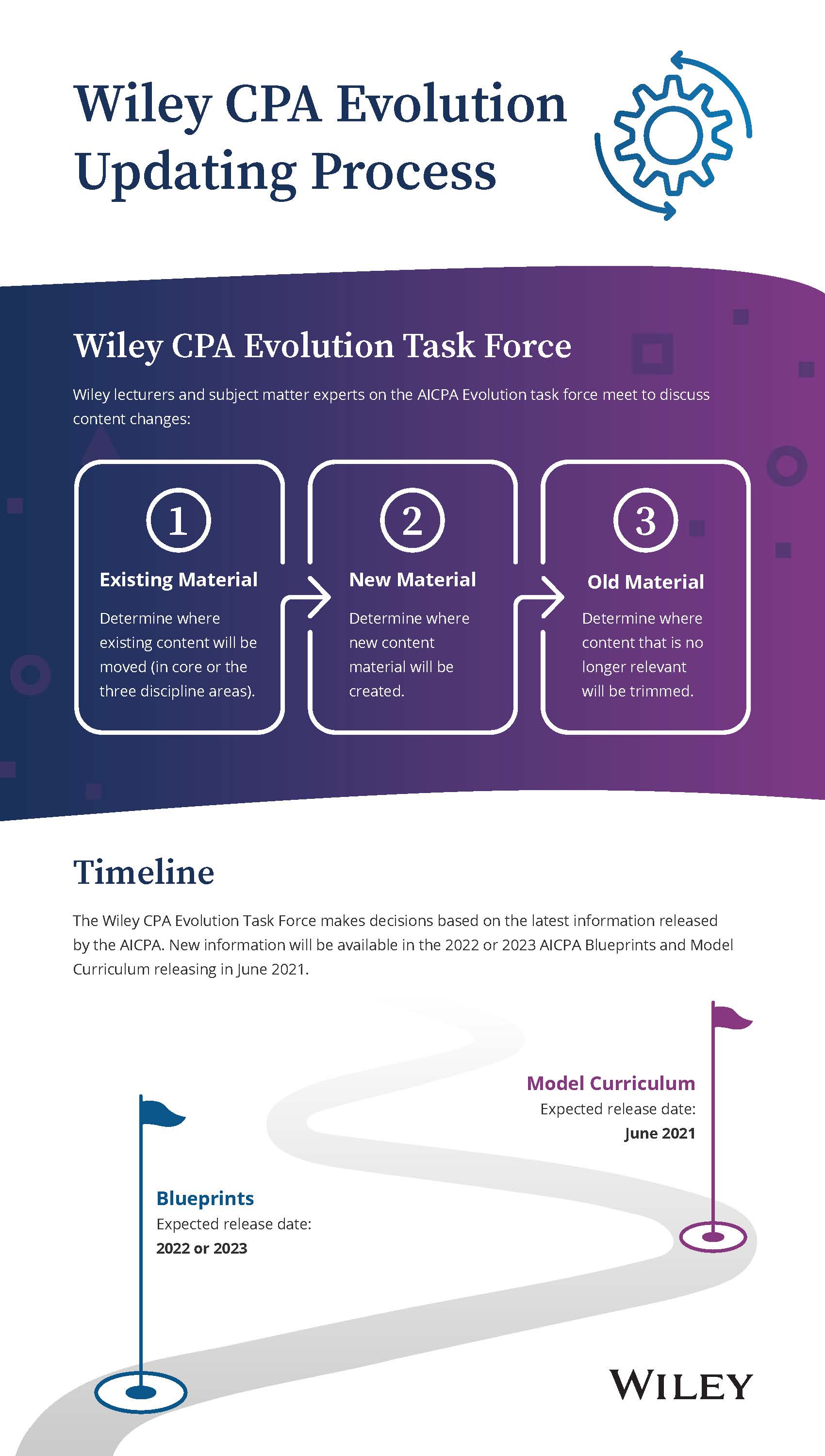3-ways-to-build-efficacy-in-your-learning-experiences
December 05, 2019
This blog is part two of a blog series on efficacy. In the first blog, I defined “efficacy” as the “power” to produce an effect. For example, the efficacy of penicillin is its power to cure illness. Efficacy does not mean the penicillin will cure the illness, just that it has the power to do so. We differentiated “effectiveness” in my first blog from “efficacy” by noting that effectiveness has dependencies. To continue my example, penicillin may have the power to cure illness, and it will be most effective at doing so if I take the penicillin as prescribed. In addition, I will feel more cured if I also sleep well and eat healing foods.
The same is true with the efficacy of learning experiences. Your teaching can be very powerful at causing learning to occur. But, the learning won’t occur if the students don’t consume the teaching as intended.
In this blog, let’s explore three ways to build efficacy, or power, in your learning experiences.
1. Make the content relevant
Making the content relevant to the learner requires us to understand what is important to the learner. This can be quite simple. For example, when I am teaching about “lease accounting” and I use an asset that is familiar to the learner as my example, I am making the content more relevant and increasing the efficacy of my teaching.
2. Manage cognitive load
Managing cognitive load recognizes that the working memory in our brains has a finite capacity which is determined by many factors that usually fall into one of three cognitive science categories: extraneous processing, generative underutilization, and essential processing. My next blog will expand on each of these; but, for the purposes of this post, let’s recognize that cognitive overload occurs when we ask the learner to process unnecessary information, when the learner is distracted, and when the content is inherently complicated.
What can we do to improve the efficacy of our learning experiences by managing cognitive load? By removing unnecessary information, motivating your learners, and using sound instructional design to manage the complexities of the content, you will improve the efficacy.
3. Use instructional design principles
Sound instructional design will improve the efficacy of the learning experiences you create. Start with one simple technique: chunking. “Chunking” of content simply means that the learning experience you are developing contains a reasonable amount of content. For example, if you want to teach the valuation of an asset as the present value of future cash flows, you would focus just on that topic. In fact, you would probably have already taken the learners through a separate “chunk” of content on the time value of money.
Try one or all of these techniques. And, look for future blogs that expand on each of these techniques. I believe a deeper dive with further application into each would be beneficial.













